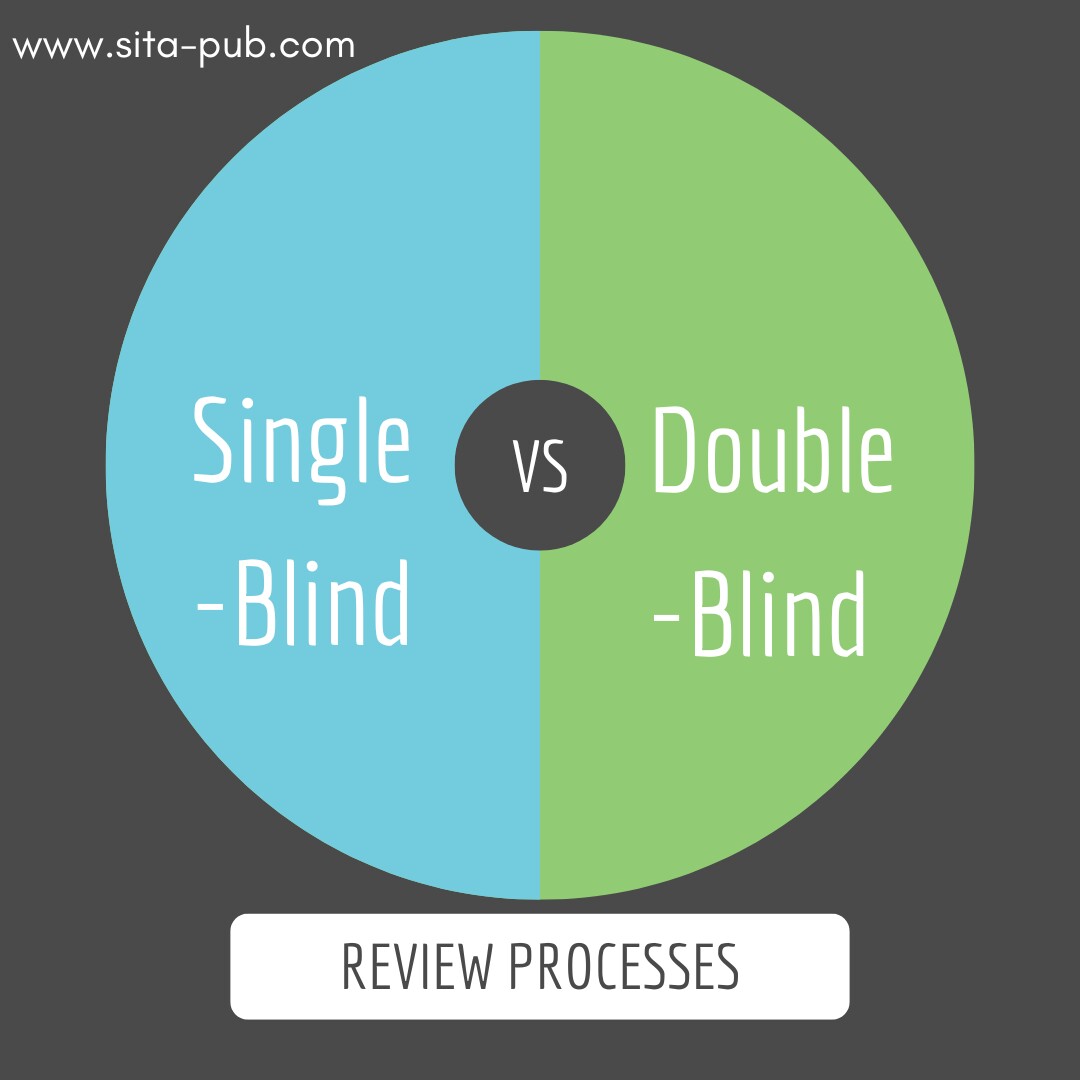Single-Blind Review vs. Double-Blind Review Processes


When you submit a research paper for publication, one important decision is the type of peer review processes: single-blind review or double-blind review. Each method has its own strengths and weaknesses, and understanding these can help you have a better experience with your academic publishing.
In a single-blind review, the reviewers know who the authors are, but the authors do not know the identities of the reviewers. This method is commonly used in many academic fields.

Transparency in publishing: Reviewers have background information about the authors, which can help them provide more informed feedback.
Detailed feedback: Knowing the authors may encourage reviewers to give more specific and helpful comments, especially for new researchers.
Accountability: Reviewers may feel more comfortable being honest in their evaluations since their identities remain hidden from the authors.

Potential bias: Reviewers might let their personal opinions about the authors affect their judgments. This can lead to unfair evaluations.
Fear of retaliation: Authors may hesitate to submit bold or controversial work if they know the reviewers will see their names.
Unequal recognition: Well-known researchers might receive better reviews simply because of their reputation, while less recognized authors may not get fair treatment.
In a double-blind review, both the authors and reviewers are anonymous. Neither party knows the identity of the other. This process aims to reduce bias and ensure a fair evaluation of the work.

Reduced bias: Anonymity helps ensure that the review is based only on the quality of the work, not on who the authors are.
Encourages fairness: Reviewers are less likely to be influenced by the authors’ reputations, ensuring a more equal assessment.
Promotes honest feedback: Reviewers may feel freer to provide honest critiques without worrying about the authors’ identities.

Challenges in anonymity: It can be difficult to keep authors anonymous, especially if they are well-known. Certain details in the paper might reveal their identities.
Less context: Reviewers may miss important background information about the authors’ previous work, which could help them better evaluate the paper.
More work for authors: Authors must take extra steps to ensure their identities are hidden, such as removing self-references and identifying information.
The choice between single-blind and double-blind review often depends on the academic field and the specific journal’s submission guidelines. Here are some points to consider:
Field norms: Different disciplines may prefer one method over the other. For example, established fields may lean toward single-blind, while newer fields might prefer double-blind reviews.
Journal policies: Many journals specify their review process in submission guidelines. Authors should follow these guidelines closely.
Nature of the research: If the research is likely to be controversial or innovative, double-blind may offer a safer environment for honest feedback.
Choosing between single-blind and double-blind review processes is an important part of the publication journey. Each method has its own benefits and challenges. By understanding these differences, authors can make better decisions that improve their chances of success in publishing their research. The goal is to ensure a fair and thorough review process that helps spread knowledge in your field.
At SITA, we understand that selecting the right journal for your research can be challenging. Our team of experts is here to guide you through the entire process, helping you choose the best publication option that aligns with your work and goals. We’re committed to supporting you every step of the way.
If you have any questions, inquiries, or would like to learn more about our services, please don't hesitate to reach out to us. Our dedicated team is ready to assist you.